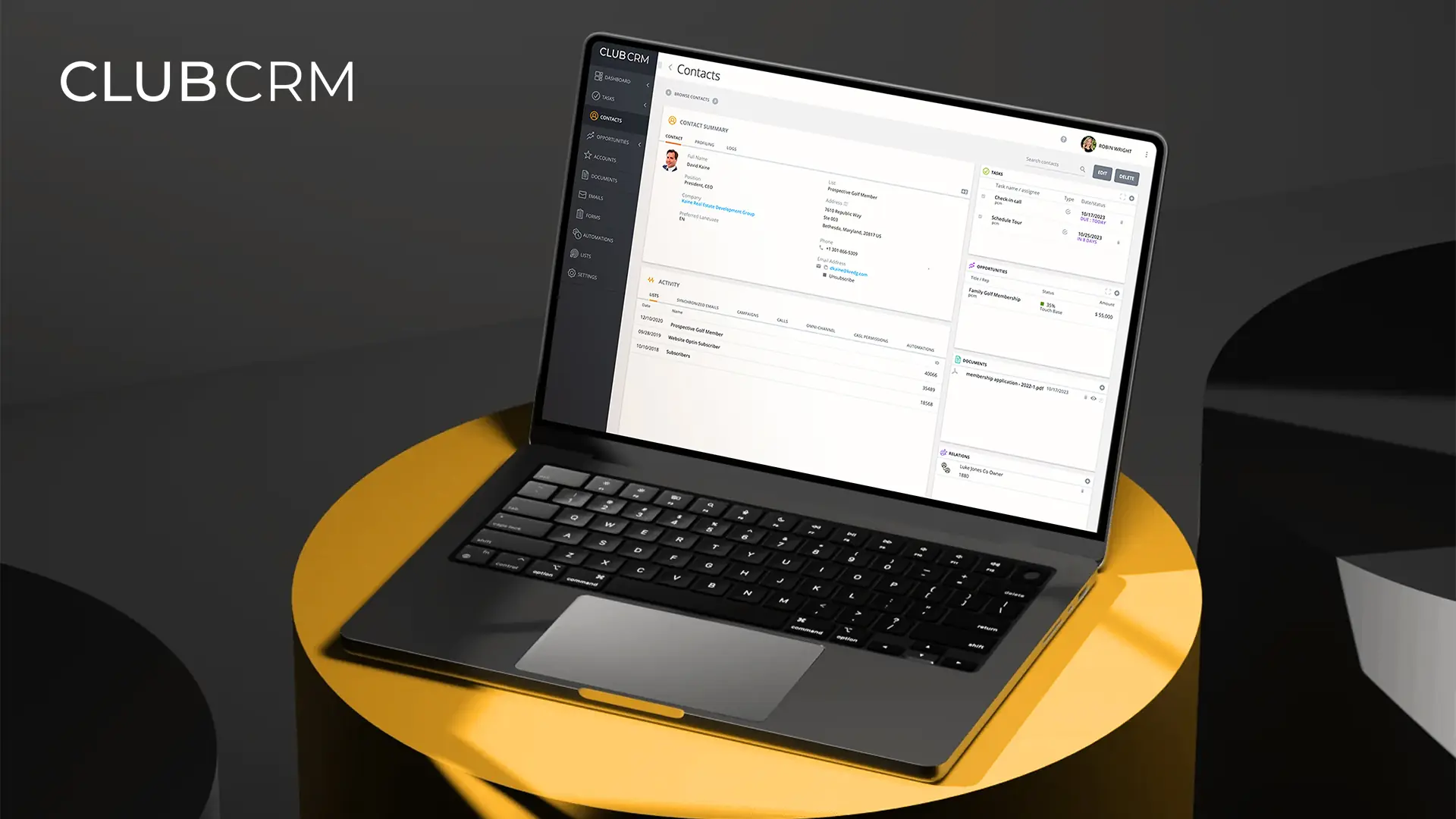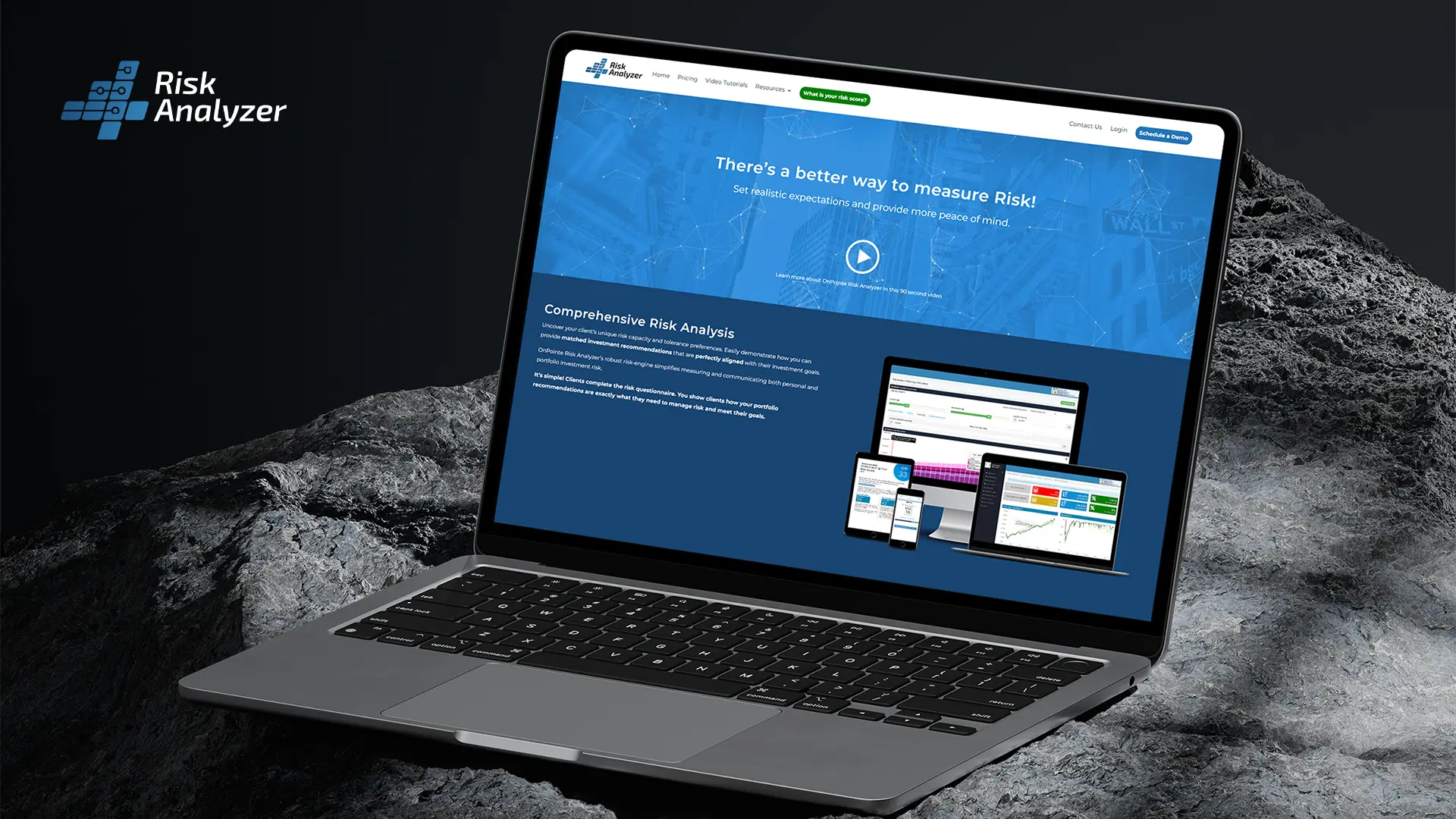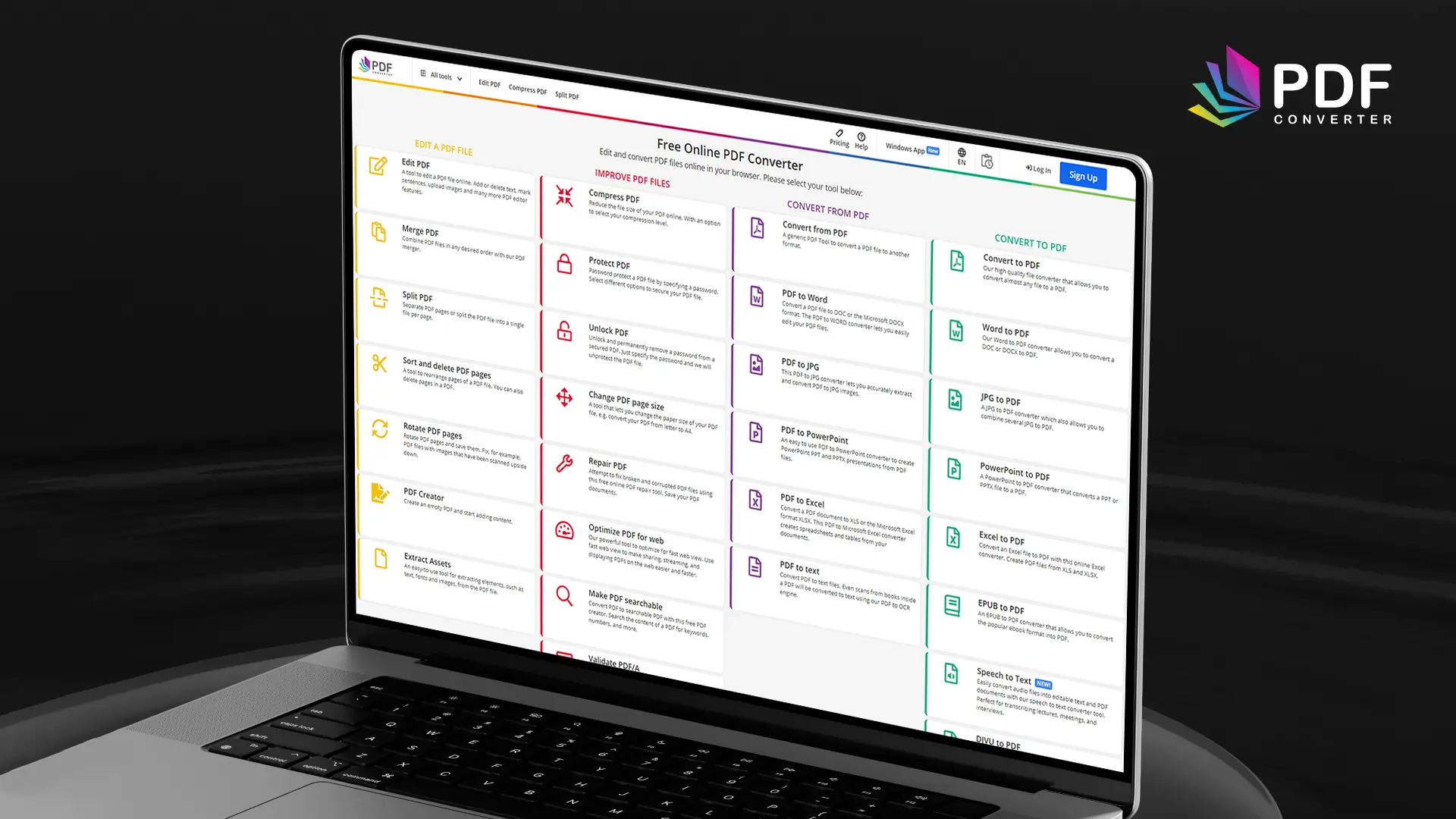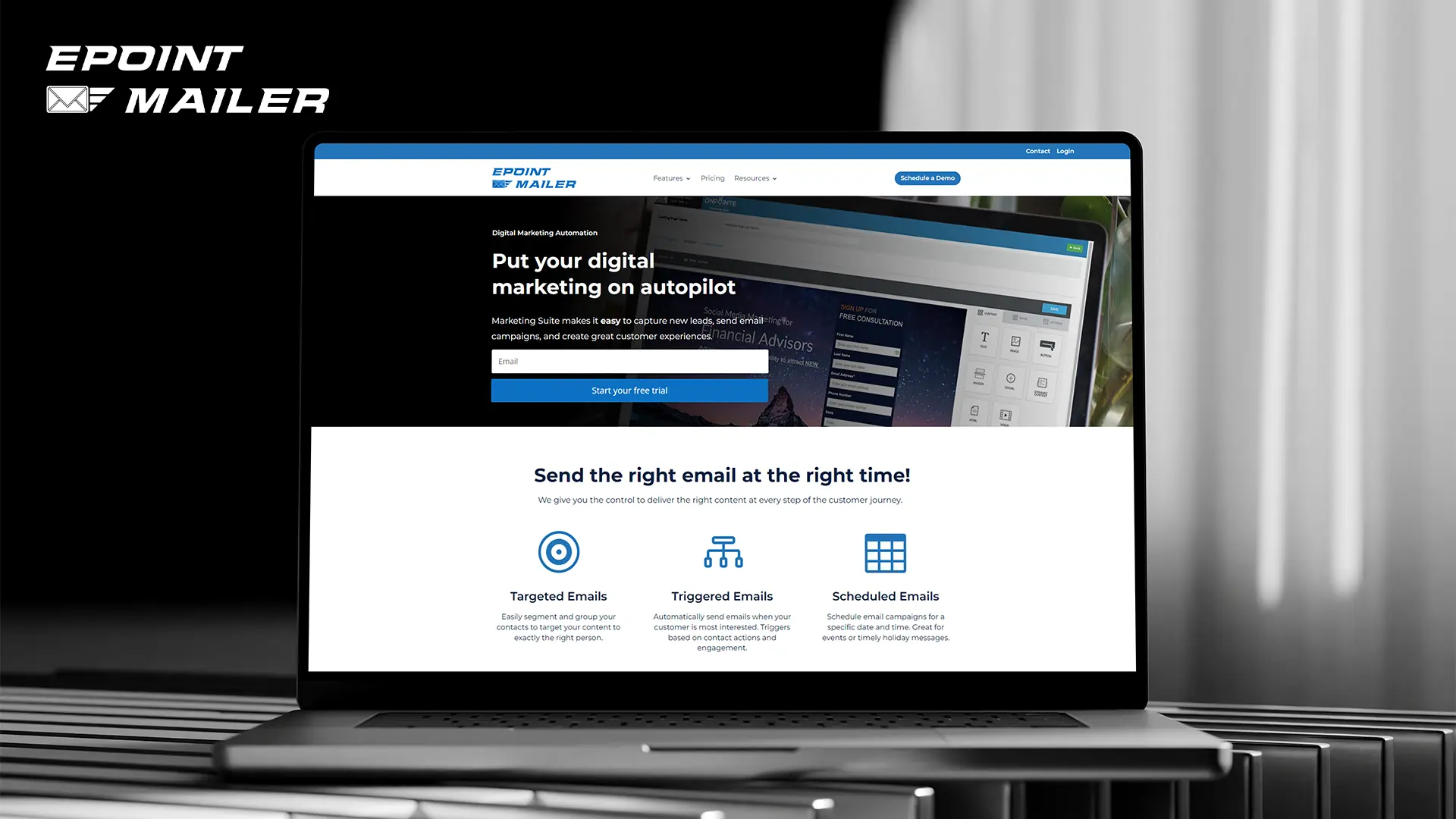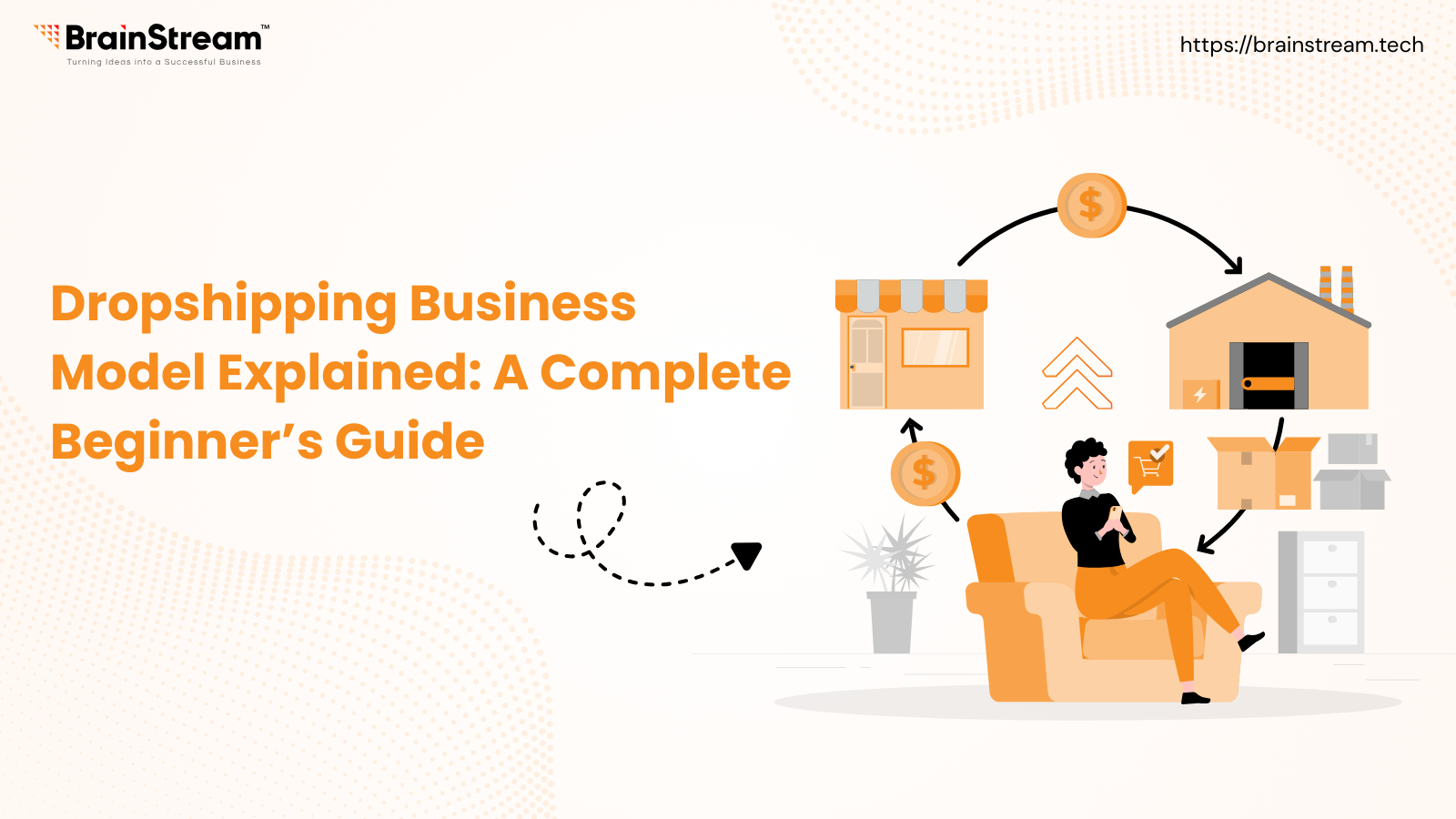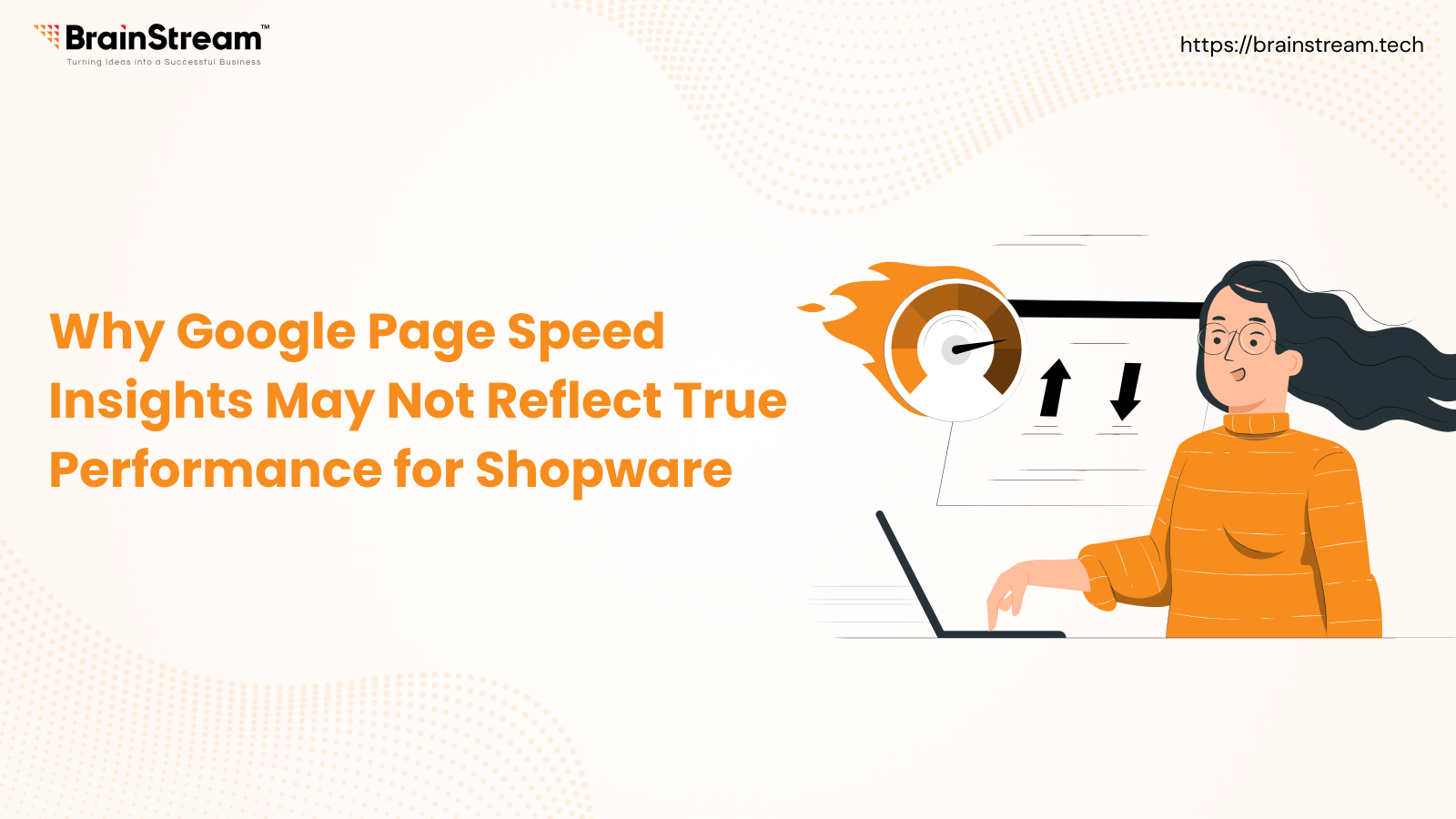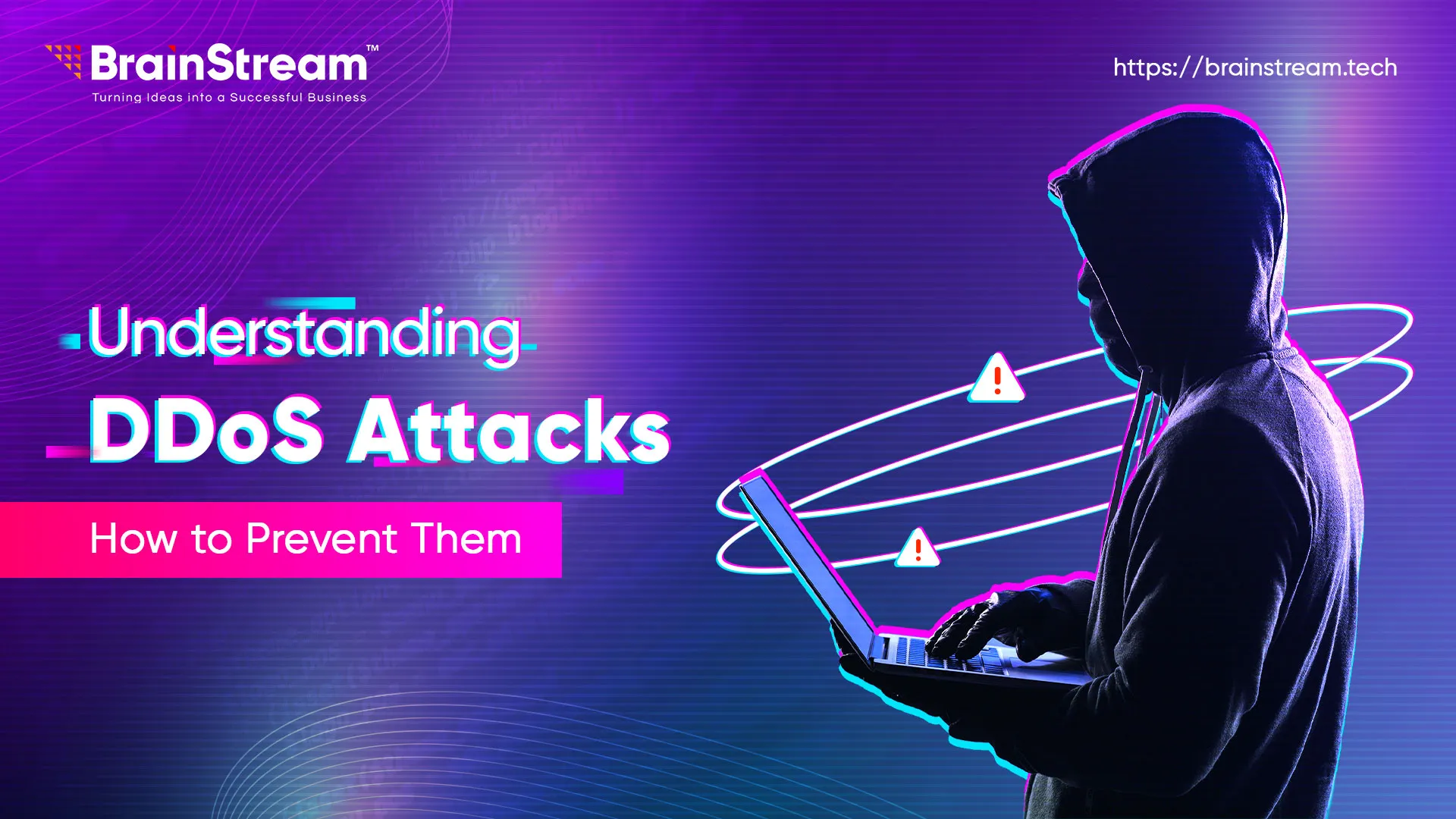
Summary
In today’s interconnected digital landscape, Distributed Denial of Service (DDoS) attacks pose a significant threat to businesses and organizations of all sizes. Understanding the mechanics of these attacks and implementing preventive measures is essential for maintaining robust cybersecurity.
January 20, 2025
A Distributed Denial of Service (DDoS) attack is a malicious attempt to disrupt the normal traffic of a targeted server, service, or network by overwhelming it with a flood of internet traffic. Unlike traditional Denial of Service (DoS) attacks that originate from a single source, DDoS attacks involve multiple compromised systems (often part of a botnet) working in unison to flood the target.
What is a DDoS Attack?
A Distributed Denial of Service (DDoS) attack is a malicious attempt to disrupt the normal traffic of a targeted server, service, or network by overwhelming it with a flood of internet traffic. Unlike traditional Denial of Service (DoS) attacks originating from a single source, DDoS attacks involve multiple compromised systems (often part of a botnet) working in unison to flood the target.
Common Types of DDoS Attacks:
- Volume-Based Attacks: Flood the target with overwhelming traffic to saturate bandwidth. Examples: UDP floods, and ICMP floods.
- Protocol Attacks: Exploit weaknesses in server protocols to consume server resources. Examples: SYN floods, Ping of Death.
- Application Layer Attacks: Target specific applications to disrupt user access. Examples: HTTP floods, and Slowloris attacks.
How Do DDoS Attacks Work?
- Infection Phase: Cybercriminals use malware to compromise multiple systems, forming a botnet.
- Command and Control: The attacker controls the botnet remotely, issuing commands to launch an attack.
- Attack Phase: The botnet sends a massive amount of traffic or exploits vulnerabilities, overwhelming the target’s resources.
The Impact of DDoS Attacks
DDoS attacks can lead to:
- Downtime: Interruptions in services and loss of business continuity.
- Revenue Loss: E-commerce sites and financial services can suffer significant financial losses.
- Reputation Damage: Prolonged outages can erode customer trust.
- Additional Costs: Expenses for mitigation, investigation, and recovery.
How to Prevent DDoS Attacks
Preventing DDoS attacks requires a combination of proactive measures, robust security practices, and responsive systems. Here are key strategies:
- Invest in a Content Delivery Network (CDN):
CDNs distribute traffic across a network of servers, reducing the burden on the primary server. They can absorb high volumes of traffic during an attack. - Use DDoS Mitigation Services:
Employ specialized services from providers like Cloudflare, Akamai, or AWS Shield to detect and mitigate DDoS traffic. - Implement Rate Limiting:
Configure servers to limit the number of requests a single IP address can make within a specific timeframe. - Maintain Updated Infrastructure:
Regularly patch servers, firewalls, and applications to close known vulnerabilities. - Deploy Web Application Firewalls (WAFs):
WAFs filter and monitor HTTP traffic, blocking malicious requests aimed at application layers. - Network Traffic Analysis:
Continuously monitor network traffic for unusual patterns that may indicate an attack. - Create a DDoS Response Plan:
Have an incident response plan that outlines roles, responsibilities, and actions to take during an attack. - Leverage Redundancy:
Distribute resources across multiple servers and data centres to reduce single points of failure. - Educate Your Team:
Train employees on recognizing and reporting potential cybersecurity threats. - Use AI-Based Threat Detection:
Modern tools leverage AI to identify and mitigate attacks in real-time.
What to Do During a DDoS Attack
- Identify the Type of Attack:
Use network monitoring tools to understand the nature and scale of the attack. - Engage Your ISP or Mitigation Provider:
Notify your Internet Service Provider or DDoS mitigation service for assistance. - Implement Temporary Blocking:
Use IP filtering or geofencing to block traffic from suspicious regions. - Communicate Transparently:
Inform stakeholders and customers about the situation and steps being taken.
Conclusion
DDoS attacks are a pervasive threat that can disrupt operations and damage reputations. However, businesses can significantly reduce their risk by understanding how these attacks work and adopting a layered approach to security. Continuous monitoring, updated infrastructure, and strategic partnerships with DDoS mitigation providers are critical for safeguarding digital assets.

Keep up-to-date with our newsletter.
Sign up for our newsletter to receive weekly updates and news directly to your inbox.
